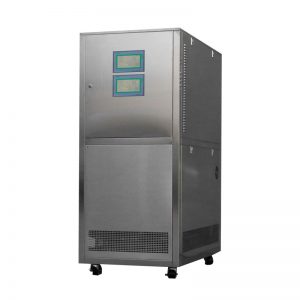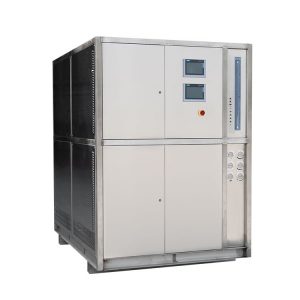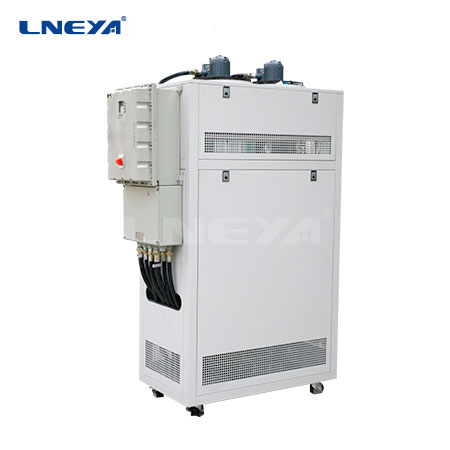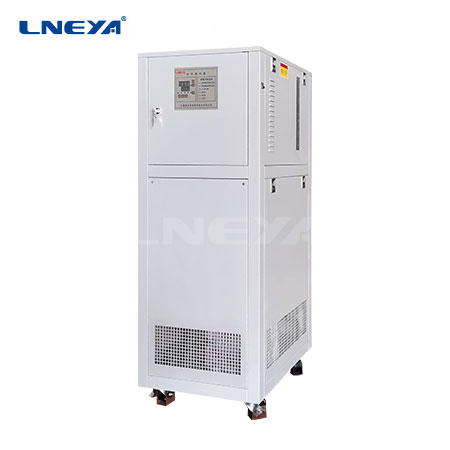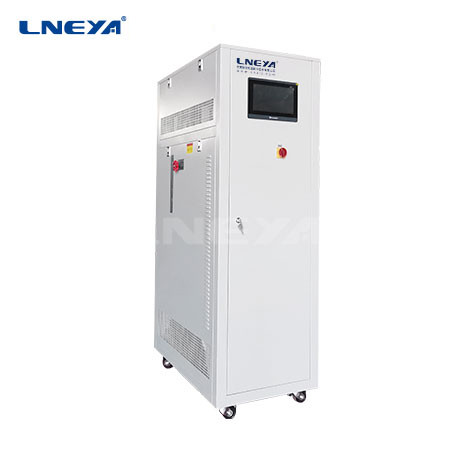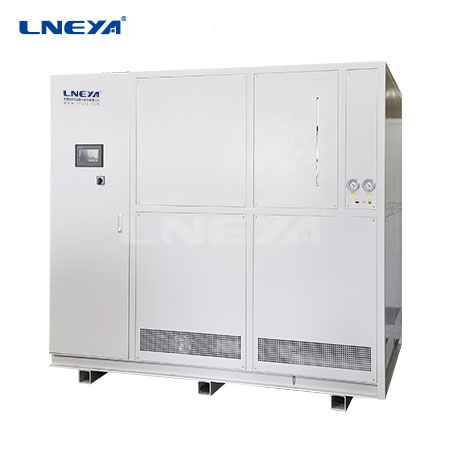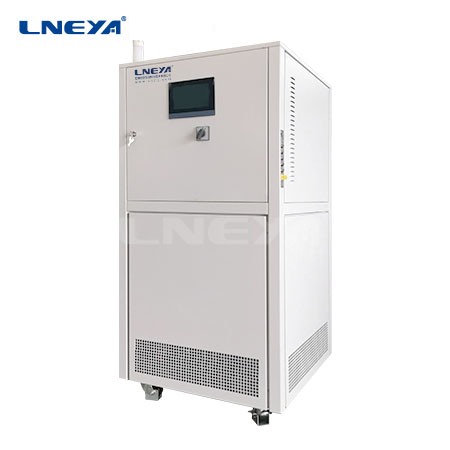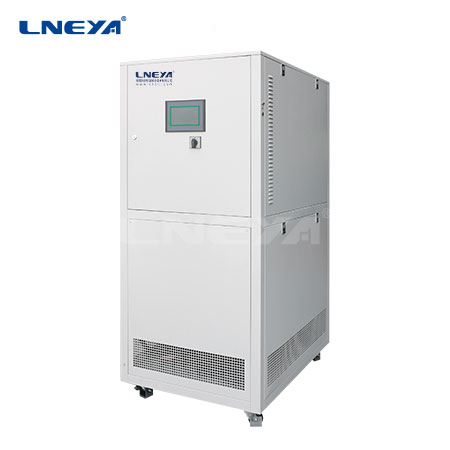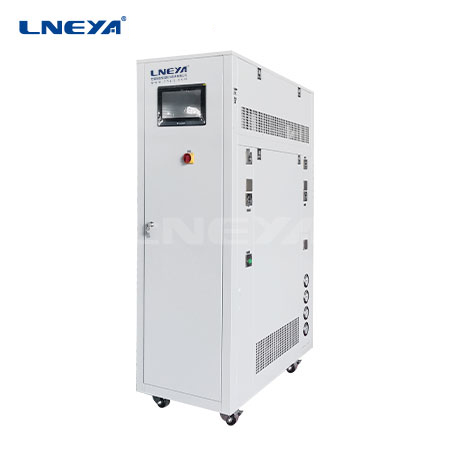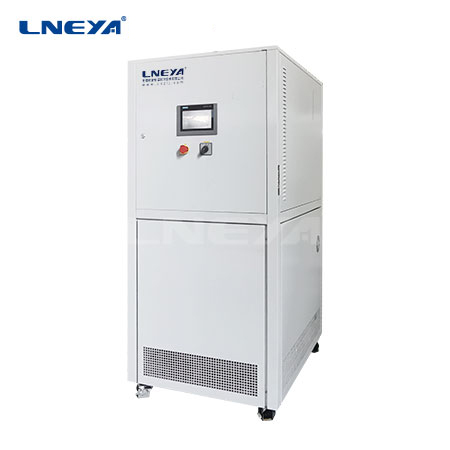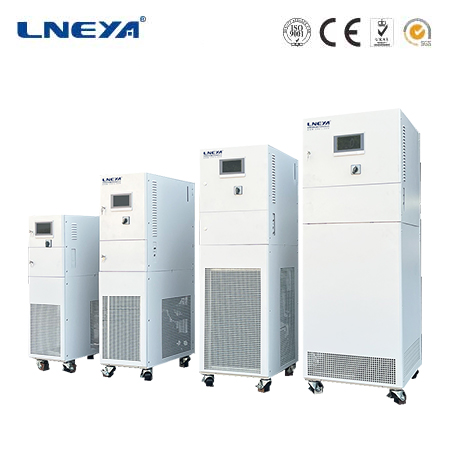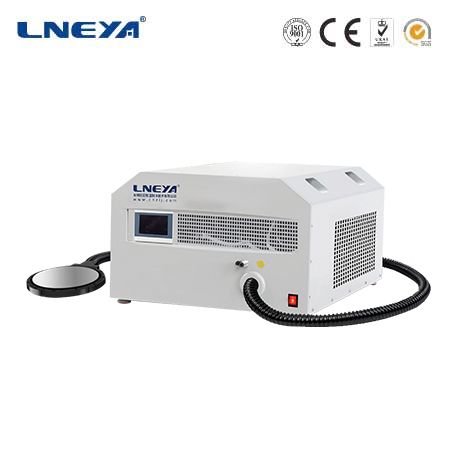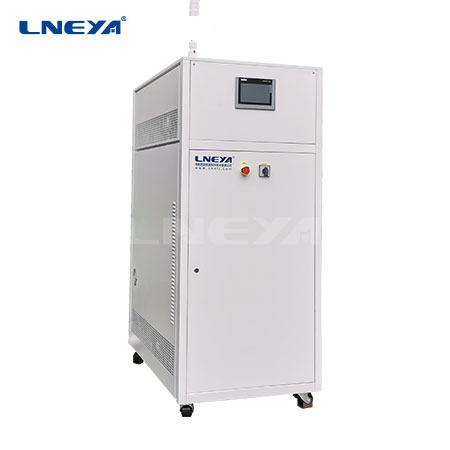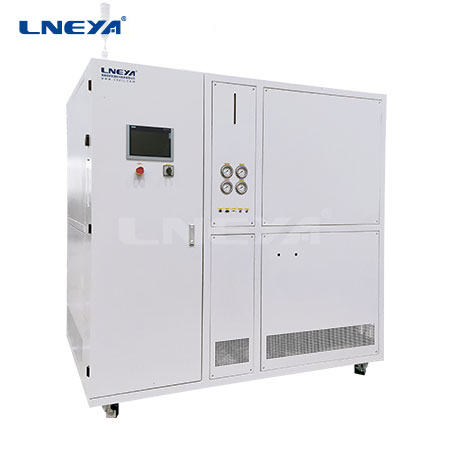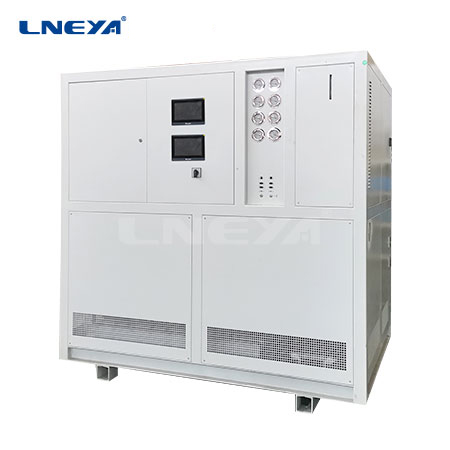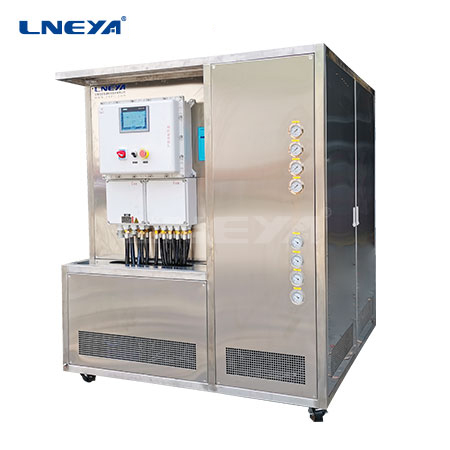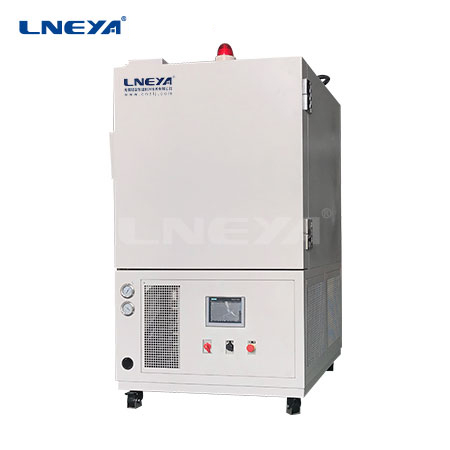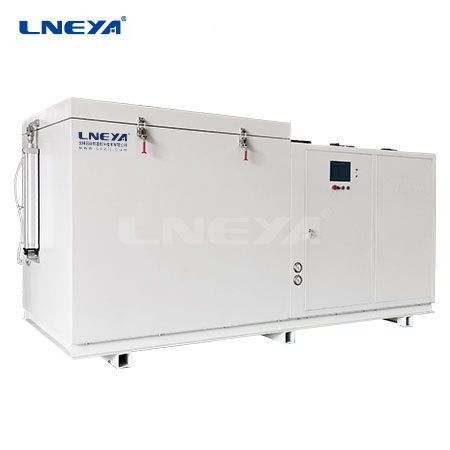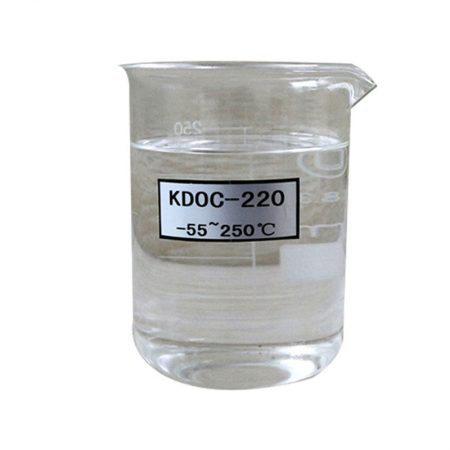Water Chiller For Industrial Use
Contact us today for the perfect temperature control solution
A water chiller for industrial use is a machine that removes heat from a liquid through a vapor compression or absorption refrigeration cycle. This liquid can then be circulated through heat exchangers to cool equipment or other process streams such as air or process water. As a necessary by-product, the waste heat from refrigeration must be rejected to the environment or, for greater efficiency, recovered for heating purposes. Water chiller for industrial use can use hermetic scroll, semi-hermetic screw or centrifugal compressors.
Water chiller for industrial use can be water cooled, air cooled or evaporative cooled. Water-cooled systems can offer efficiency and environmental impact advantages over air-cooled systems.
Types of water chiller for industrial use
Water-cooled chiller
Chillers remove heat by pumping water into a sealed condenser and dispersing it through a cooling tower. Water-cooled chillers are generally more efficient than air-cooled chillers. Using water evaporation to dissipate heat uses far less energy than blowing air on a hot surface. This is thanks to the high heat capacity of water. Additionally, chillers tend to last longer than air-cooled chillers.
Air Cooled Chiller
Air-cooled chillers use air to remove heat by using a fan to force air through the exposed tubes of the condenser. While air chillers require more energy than water-cooled chillers, they can be a good alternative when it comes to stationary cooling. Air chillers are easy to install and can usually be installed outside a building (no additional space requirements). Air chillers are more prone to clogging and recirculation issues than chillers.

How does water chiller for industrial use work?
Chillers move heat away from a space that needs climate control, just like traditional split systems or packaged units, but they do so using water (or an aqueous solution) instead of air. There are two types of chillers: water-cooled and air-cooled. They work similarly for most of the way until the refrigerant reaches the condenser, and the following sections will outline both.
Water-cooled chiller
The cooling process begins when water enters the evaporator from the main circuit, where heat is transferred from the water to the refrigerant.
The now cooled water is then sent via the main supply to the tanks where it is distributed by pumps to the individual climate controlled spaces. As stated in the second law of thermodynamics, heat always changes from hot to cold, so chilled water in the air handler absorbs ambient heat in the conditioned space. Fans then force the cooling air through the ductwork into the space. The warm water then returns to the chiller to cool down again.
At the same time, the heat absorbed by the refrigerant in the evaporator needs to be transferred so that the refrigerant can absorb more heat. Low-pressure, high-temperature refrigerant moves from the evaporator to the electric compressor, increasing pressure and temperature.
After that, the refrigerant enters the condenser. Water-cooled chillers use water to surround refrigerant pipes and draw in heat. The water is then pumped into a cooling tower to release the heat. After condensing, the refrigerant passes through the expansion valve to reduce pressure (and temperature) before returning to the evaporator to start the process again.
Air Cooled Chiller
As with water-cooled chillers, the process begins with a primary return that brings warm water into the chiller. Heat is transferred to the refrigerant in the evaporator, while water travels through the main water supply to the cooling space. The refrigerant passes through the compressor raising the pressure and temperature before reaching the condenser. Here, a fan circulates outside air through the condenser, which absorbs heat from the refrigerant (again, the second law of thermodynamics dictates that heat moves to cold) and then rejects this heat to the ambient air. The refrigerant then passes through the expansion valve (same as before) and returns to the evaporator.
What is the difference between water-cooled and air-cooled chillers?
Two main types of industrial chillers exist: water-cooled and air-cooled. Although both chiller types cool industrial process fluids, the systems dissipate the extracted heat differently. Therefore, the needs of the entire refrigeration system determine the best chiller model. Knowing these different advantages makes choosing an appropriate system design easier.
Email: info@lneya.com WhatsApp: +86 17851209193
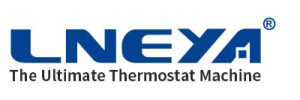 LNEYA
LNEYA
 简体中文
简体中文










